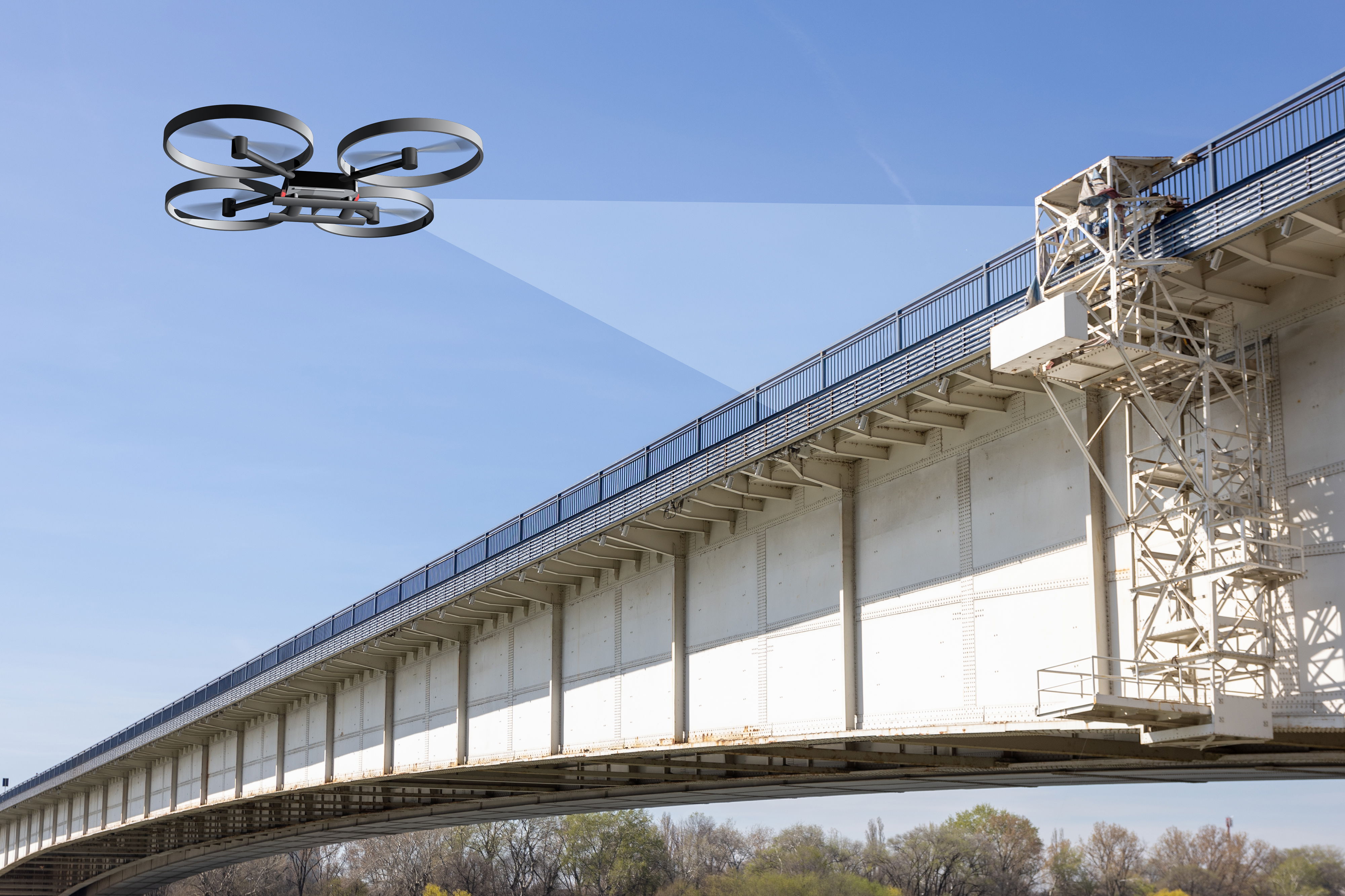SAVING TIME & COST WITH AERIAL INSPECTION

Introduction: Unlocking the Potential of Aerial Inspection Technology
Industries like power, construction, and infrastructure face a common challenge: how to keep inspections quick, safe, and affordable. Manual inspections can take days. Plus, they risk workers climbing dangerous heights or entering risky zones. That’s where aerial inspections, with drones and UAVs, come into play. These tools are changing how companies check equipment and structures. They gather data faster and often more accurately. In this article, you’ll see real-life examples proving that aerial inspection saves both time and money while improving safety.
The Traditional Inspection Challenges and Limitations
The Inefficiencies of Manual Inspections
Manual inspections often mean sending workers up tall towers or into difficult spots. This process is slow—sometimes taking days just for one site. It also involves setting up scaffolding or lifts, which can be costly. Workers are exposed to dangers like falling, electrical hazards, or collapsing structures. These risks make traditional inspections not just dull but dangerous.
Cost Implications of Conventional Methods
High labor costs add up fast. Sending teams with specialized gear means big expenses. Equipment rentals and downtime increase costs even more. When a site is under inspection, operations often pause. That means lost productivity and delayed projects, costing industries millions annually.
Limitations in Data Accuracy and Coverage
Most manual checks don’t reach every corner of a structure. Hard-to-access spots stay unseen. Photos taken from the ground or distant views don’t show fine details. Blurry images or low-res data can lead to mistakes. Results might miss cracks, corrosion, or other issues that grow worse over time.
How Aerial Inspection Transforms the Process
Advanced Technologies in Aerial Inspection
Modern drones come with different sensors like RGB cameras, thermal imaging, and LiDAR. RGB cameras capture clear, real-life pictures. Thermal sensors find heat leaks or electrical faults. LiDAR scans create 3D models of structures. For example, wind farm operators use drones to inspect blades, catching damage early before it turns into costly repairs.
Increased Efficiency and Reduced Inspection Time
Drones gather detailed data in hours, not days. Imagine checking a solar farm in just half a day instead of several days. They fly over large areas quickly and easily. This speed means less disruption for ongoing work, saving time and resources. Speeding up inspections means more time to fix issues before they grow worse.

Cost Savings and ROI
Replacing manual labor with drones reduces labor costs significantly. Fewer workers are needed on-site, and less equipment is required. Reports show companies can cut inspection expenses by up to 30%. These savings translate directly into higher returns and better use of budgets. When you add up faster inspections and fewer mistakes, the ROI gets even better.
Enhanced Safety and Risk Management
Drones let inspectors stay away from dangerous zones. No more climbing risky poles or entering unstable buildings. That lowers the chance of accidents or injuries. Industry experts agree that aerial inspections make workplaces safer by removing personnel from harm’s way.
Case Study: Real-World Success Story
Background of the Client and Industry
A large energy company, responsible for maintaining power lines, needed faster inspections. They dealt with aging infrastructure and tight schedules. Their challenge was how to check hundreds of miles of lines without halting power or risking worker accidents.
Implementation of Aerial Inspection Technology
The company chose drones equipped with thermal cameras and high-res RGB sensors. They trained staff on flying and data analysis. The process involved planning flight paths and scheduling inspections during off-peak hours. The team used software to analyze images and spot issues immediately.
Results Achieved
Before using drones, inspections took about a week per site. After switching, they cut that time by over 60%. The entire fleet of inspections cost roughly 30% less. The quality of data improved—small cracks and corrosion spots were caught early, preventing failures. Decision-making sped up, leading to faster repairs and lower risk of outages.
Lessons Learned and Best Practices
Success came from good planning—know your sites and set clear goals. Always stay compliant with drone regulations. Train your team thoroughly and invest in proper software. Integrate drone data smoothly into existing maintenance routines for maximum benefit.
Actionable Tips for Implementing Aerial Inspection in Your Organization
- Start by reviewing your current inspection processes. Spot areas that are slow or risky.
- Pick the right drone with sensors suited to your needs—thermal for heat issues, or LiDAR for precise mapping.
- Ensure your team is trained and certified to fly safely and legally.
- Develop safety protocols to protect staff and equipment.
- Use data insights to support your maintenance and repair decisions.

Future Trends and Innovations in Aerial Inspection
Expect drones to become even smarter. Artificial intelligence and machine learning will automate data analysis, flagging problems instantly. Regulations around drone use are easing, making operations more flexible. Combining drones with other systems, like IoT sensors or cloud platforms, will give more complete insight into infrastructure health.
Conclusion: Embracing Aerial Inspection for Competitive Advantage
From saving time to cutting costs and boosting safety, aerial inspections prove their value. They let industries stay ahead by acting quickly and accurately. As technology advances, adopting drone-based inspection methods becomes more essential. If you want to improve your inspections, consider how aerial tools can help transform your workflows. The future is flying right above you.
Key Takeaways
- Using aerial inspection tools can cut inspection time by more than half.
- This approach reduces costs by requiring fewer workers and less equipment.
- Drones provide more accurate data, spotting issues early.
- Many companies now see a strong ROI from investing in drone technology.
- Planning, proper equipment, and training are key to success.
Embracing aerial inspection techniques isn’t just smart—it’s necessary for industries aiming to stay competitive and safe today. With the right approach, your inspections can become faster, cheaper, and more reliable than ever before. SkyData helps you save time, avoid costly delays, and make smarter decisions, all while keeping your budget in check. Ready to take your inspections to the next level? Let us show you how.